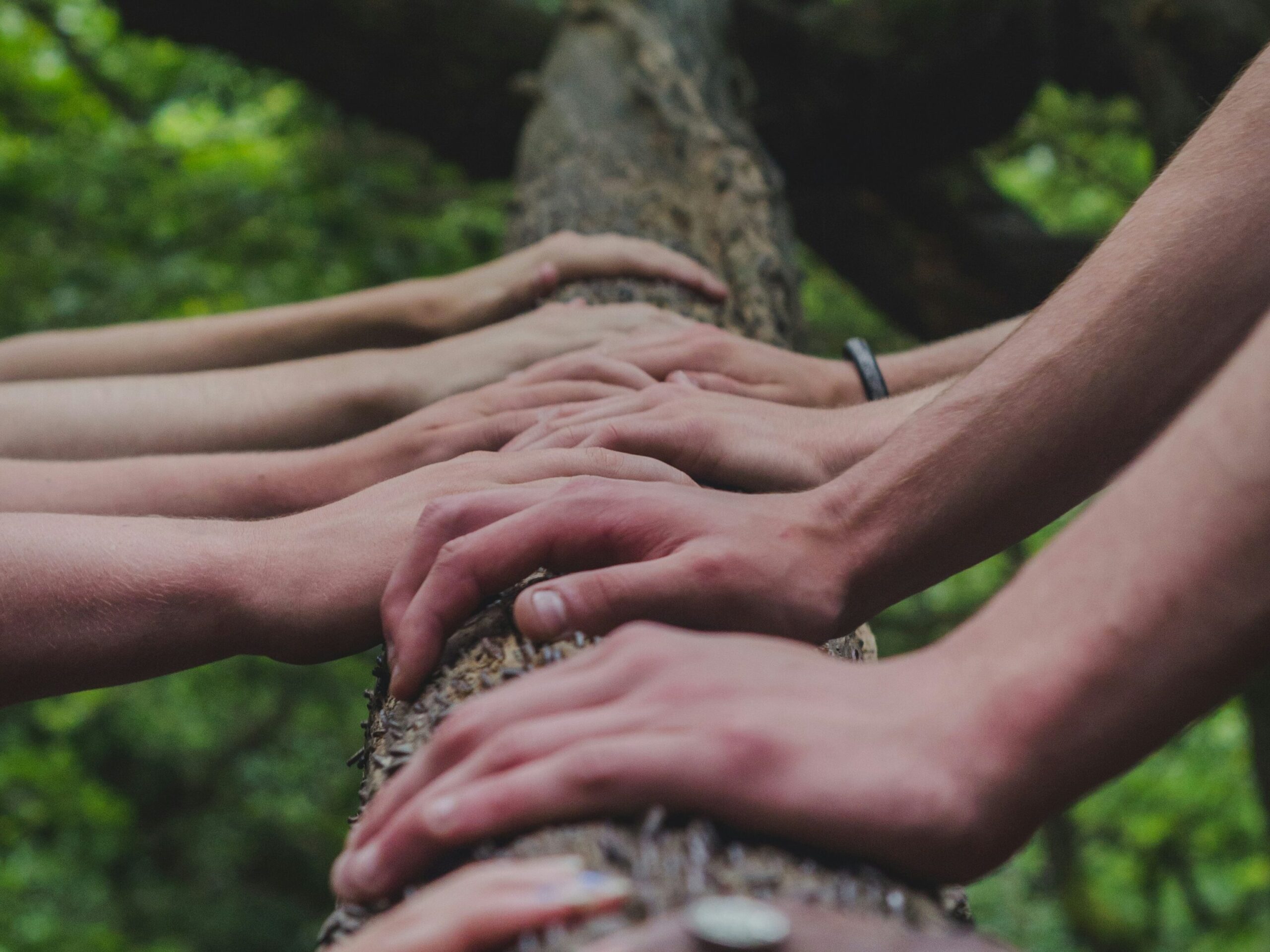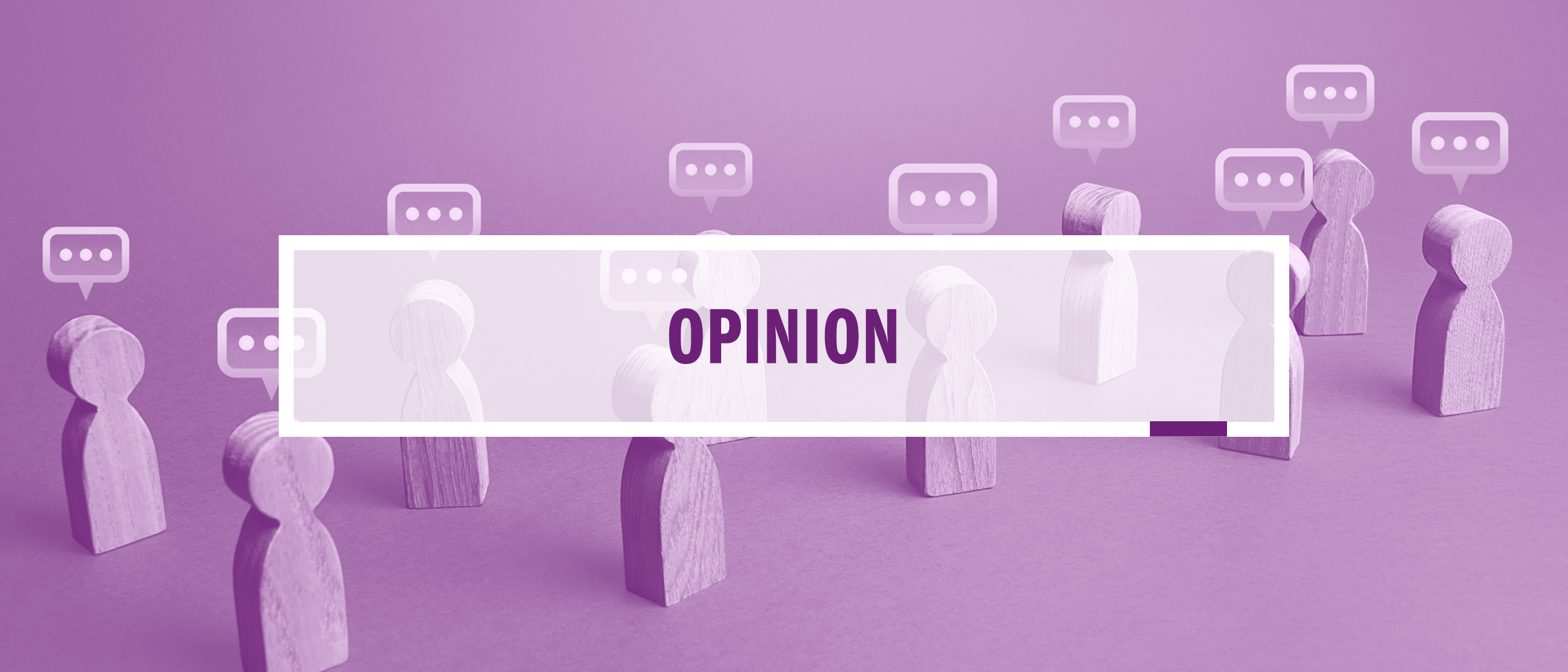News Team member Stephanie Oehler describes how the online "trad-wife" aesthetic fuels the flames of the anti-vaccination movement during the second-largest measles outbreak of the 21st century.
Underutilized and Undervalued: Community Health Workers Are the Way Forward in Global Health Crises
Community health workers reduce healthcare inequities around the world. They need to be paid.
By Aanya Ravichander
For most of us, it’s normal to have caught the common cold or have a bout of diarrhea. We would think nothing of taking care of it, buying an over-the-counter medication or downing a bottle of Pedialyte. Or, if the symptoms are serious, going to the doctor, receiving miscellaneous exams, and leaving with a prescription and a promise of feeling better soon.
The same case of common cold or bout of diarrhea, however, can have deadly consequences in many places across the globe. A doctor may be unavailable. Prescription drugs might be unaffordable. The only available course of treatment may be to tough it out.
Rural areas often have underfunded healthcare infrastructure, lower socioeconomic status, and gaps in health education, leading to higher disease rates. Infrastructural issues, government and economic instability, and poverty often push skilled providers out of their home countries, making access to care minimal.
In such locales, there is no care for people to access. Something that seems so insignificant as the common cold or diarrhea can evolve into serious health concerns. While international health rights guarantee the right to health, this is not the lived reality for these populations.
Community Health Workers (CHWs) are a promising way forward to solving this global health crisis. CHWs are frontline healthcare workers who are members of the communities they work in, giving them the unique ability in healthcare to truly meet people where they are. As trusted, trained members of the community, these individuals can treat basic health conditions, triage patients, provide culturally appropriate care, and advocate for community health. Some CHWs are paid while others are volunteers and can cover a wide variety of different healthcare needs, large and small. They can only be a way forward, however, if they are properly compensated and cared for.
“The reason why they are so relevant is because they serve as the linkage between the community and the health system,” says Olusola Oladeji, PhD, a Health and Nutrition Specialist at UNICEF Belize. Oladeji also published a literature review earlier this year on financial incentives for CHWs. “And because they are always there, they can actually identify issues on the ground before it escalates.”

Other researchers had similar findings. An observational study conducted in Bangladesh, Guatemala, Mexico, and South Africa had trained CHWs screen for cardiovascular disease in their communities. The CHWs provided 4049 screenings, which were 96.8% in agreement with highly trained health care professionals. The CHWs were able to triage patients and get at-risk patients to higher levels of care quicker.
“I can remember during COVID when most people became afraid of going to the health facilities,” says Oladeji. “Everybody was scared, even health workers. But community health workers were still working in their respective communities. They were the only people we depended on when everything was locked down and shut down.”
Common yet largely unknown
CHWs also have a special role in infectious diseases. They can provide vaccination services, education, and other preventative and treatment services in times of worldwide fear and uncertainty. There are about 3.8 million community health workers working across more than 98 countries. This number is not nearly enough to meet our global needs.
“In global health, we often talk about big structures and big leaders,” says Rachel Hall-Clifford, PhD, an associate professor at Emory University. She is a medical anthropologist and serves as the principal investigator of the Co-Design Lab for Health Equity, an interdisciplinary lab focused on the development and implementation of health innovations in conjunction with community health partners. “But it’s the community health workers that are doing that kind of day-to-day work that actually makes these things happen. That makes disease elimination and eradication possible.”
Often, the Global North gets to choose which programs are funded in the Global South, while CHWs are forced to work for goals which may not meet the long-term needs of the community. Many of these initiatives focus on mission trips, short-term solutions, and emergency relief. Global South leaders, in 2023’s Organization for Economic and Cooperation and Development Report, highlighted that they preferred global partners who commit to long-term sustainability instead of short-term gains.
As the ones with their “boots on the ground,” more sustainable long-term programs can be effectively adapted to local communities—if CHWs have a voice in the decision-making. CHWs should have a seat at the table and their funding should be prioritized by the Global North. This approach would likely alleviate the prevalence of “white saviorism” seen in global care as well.
Many challenges would be alleviated if CHWs were a sustainably funded workforce. They understand the community and the gaps in long-term care. Financial compensation for CHWs is also associated with increased employment and women’s economic empowerment. Around 70% of CHWs are women, many belonging to already marginalized populations. CHWs are also fit to challenge a variety of inequalities experienced in global communities. Thus, funding for CHWs can tackle multifaceted societal issues, well beyond direct disease control.
As embedded members of the community, CHWs can tackle some of these inequities and approach healthcare holistically. They can lobby this information in the food chain of governance. They know if there are issues with transportation, water sanitation, housing, violence, and more. Their role brings us closer to universal health coverage, which cannot be achieved without consideration of inequity. Their voices are powerful.
Community health workers are friends, parents, colleagues, and siblings of the community. They know what the community is going through. They feel it. They can access the hard-to-reach, marginalized communities because they are in them. In this respect, their role starkly contrasts that of higher-level health care workers, who are rarely tied to the community. Brain drain, or the movement of these higher-level workers to urban areas for economic and quality of life purposes, is common. On the other hand, resources invested in training and caring for CHWs stay within the community. Their training provides long-term care, as CHWs are often there to stay.
“It can be hand in glove,” says Hall-Clifford. “Other providers are not in the community all the time. The community health workers become these incredibly important partners for doctors and nurses who visit the community to have a sense of what’s going on on-the-ground. So, it really helps everyone provide better care.”
The conundrum of compensation
Most people recognize that CHWs are an asset that complements highly trained medical professionals in guaranteeing the right to health across the globe. The problem is their lack of payment, leading to a high turnover rate. Studies in Bangladesh and Tanzania both found this to be the case. The dropout rate of these essential workers in Bangladesh was as high as 44%. The reasons cited for this decrease in services were participation in more profitable sectors and providing for their own families. In Tanzania, the greatest challenge to CHWs was also cited as lack of financial remuneration.
The lack of funding for these workers decreases their ability to be a sustainable workforce. Researchers in Western Cape, South Africa found that CHWs faced significant challenges in caring for themselves and caring for others. Through interviews, the CHWs describe their personal issues with motivation, workload expectations, and general social circumstances. The incentive to continue is minimal without compensation and tough working conditions.
Most CHWs are funded by short term grants, which lead to a decrease in continuity of work for them and continuity of care for the members of the community. Non-governmental organizations (NGOs) provide much of the funding for training and compensation. Again, this is a non-sustainable situation, subjecting community health to the stability of poorly regulated NGOs.
Public-private partnerships, like the Global Fund, work to make long-term commitments to the workforce. For the 2024-2026 period, $900 million was allocated to investing in community health workers. While this is a step forward, governments need to be at the forefront of funding for their people, without the current reliance on international short-term relief.
Several organizations work to uplift the voices of CHWs. One such organization, the Community Health Impact Coalition, works to advocate for training and funding for these workers in collaboration with CHWs and global health organizations. It is important to hear from highly trained professionals, but CHWs can help paint the true, local healthcare picture.
CHWs must be recognized and supported by the government and the community itself. They deserve to be compensated not only through funding, but through having a genuine seat at the table. They truly represent one of our best chances to achieve equitable universal health care.

